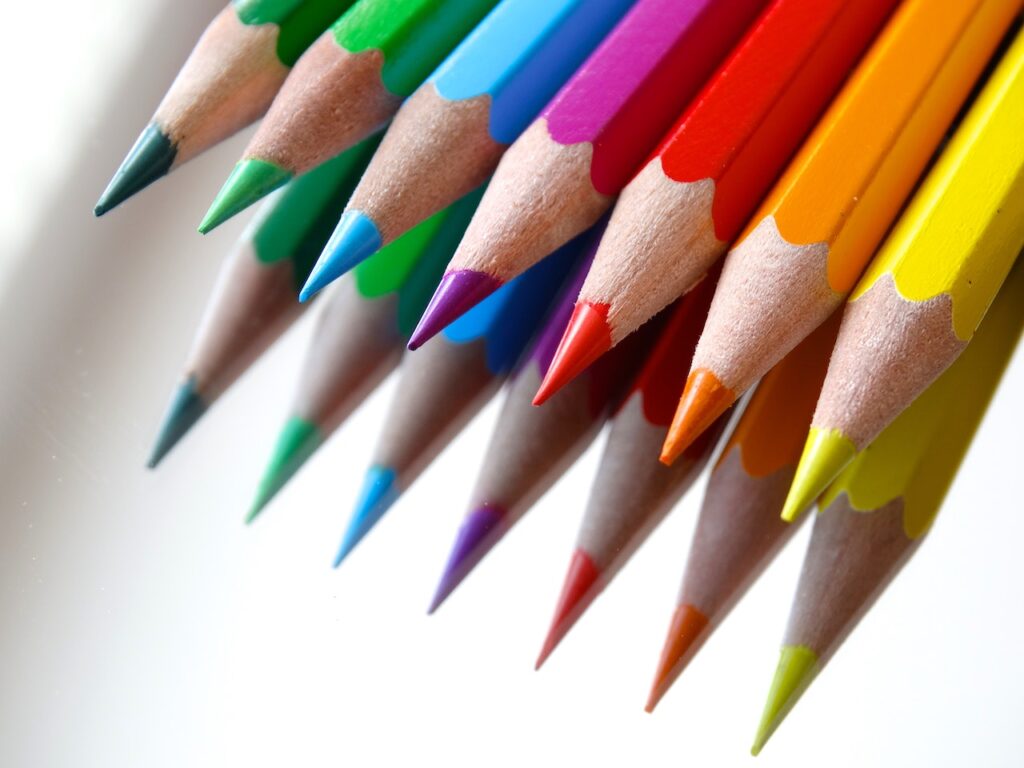Welcome to the of drawing! Whether you’ve always had an interest in art or are just starting to explore your creative side, mastering the art of drawing can be a fulfilling and rewarding journey. In this step-by-step guide, we will walk you through the fundamentals and techniques that will help you hone your skills and bring your imagination to life on paper. So, let’s dive right in!
Getting Started: Gathering Your Tools and Setting Up
Before we begin, it’s important to gather the necessary tools for your artistic journey. You don’t need to invest in expensive equipment right away; a simple pencil, eraser, and paper will do. As you progress, you can explore different types of pencils, charcoals, or colored pencils based on your preferences.
Once you have your tools ready, find a comfortable and well-lit space to work in. Natural light is ideal, but if that’s not possible, opt for a bright desk lamp. Having a dedicated space will help you focus and immerse yourself in the drawing process.
Understanding Basic Shapes and Lines
The foundation of drawing lies in understanding basic shapes and lines. These building blocks will guide you through the creation of more complex forms. Begin by practicing simple shapes such as circles, squares, triangles, and rectangles. Use light strokes to sketch these shapes, and remember that it’s okay to make mistakes – drawing is all about learning and improving.
Once you feel comfortable with shapes, move on to lines. Experiment with different line weights, from thin to thick, and practice drawing straight lines, curved lines, and zigzags. This exercise will help you develop control over your pencil and gain confidence in your line work.
Observational Drawing: Learning to See
Observational drawing is a fundamental skill that will enhance your ability to recreate what you see accurately. It trains your eye to notice details, proportions, and relationships between objects. To start, choose a simple object like a fruit or a household item. Observe it closely and try to replicate it on paper.
Focus on negative space – the area around an object – as it plays a crucial role in capturing accurate proportions. Pay attention to the angles, curves, and contours of your subject. Take your time, and don’t hesitate to erase and make corrections as you go.
The Magic of Shading and Highlights
Shading adds depth and dimension to your drawings, bringing them to life. It creates the illusion of light and shadow, making your artwork more realistic and captivating. To begin, familiarize yourself with different shading techniques such as hatching, cross-hatching, and stippling.
Hatching involves drawing parallel lines to create the desired value, while cross-hatching adds more depth by layering lines in different directions. Stippling utilizes a series of dots to achieve shading effects. Experiment with each technique to find your preferred style.
Don’t forget about highlights! Highlights are the areas where light directly hits an object, creating bright spots. Leave those areas blank or use an eraser to lift off graphite, allowing the white of the paper to shine through.
Adding Depth with Perspective
Perspective is a powerful tool that allows you to create depth and give your drawings a three-dimensional feel. It’s all about understanding how objects appear to shrink and converge as they recede into the distance. There are two primary types of perspective: one-point perspective and two-point perspective.
In one-point perspective, all lines converge to a single point on the horizon line. It creates the illusion of depth for a scene with a single vanishing point. Two-point perspective, on the other hand, utilizes two vanishing points, typically placed on the horizon line. This technique is suitable for drawing objects or scenes at different angles.
Study perspective tutorials and practice drawing various architectural structures or landscapes to enhance your understanding of this crucial aspect of drawing.
Exploring Different Mediums and Styles
Now that you have a solid grasp of the basics, don’t be afraid to explore different mediums and styles. Charcoal, colored pencils, watercolors, and digital tools offer unique opportunities for self-expression and experimentation. Trying different mediums will broaden your artistic horizons and allow you to discover your personal style.
Additionally, don’t limit yourself to one subject matter. Delve into portraits, still life, landscapes, or even abstract art. Each subject presents its own challenges and rewards, helping you grow as an artist and tap into your creativity.
Joining Art Communities and Seeking Feedback
One of the most beneficial aspects of being an artist is the opportunity to connect with other like-minded individuals. Joining art communities or taking part in local art workshops can provide invaluable feedback, inspiration, and motivation. Sharing your artwork with others and receiving constructive criticism will fuel your growth and push you to new heights.
Remember, art is subjective, and everyone’s journey is unique. Embrace the process, enjoy the small victories, and learn from setbacks. With consistent practice, patience, and an open mind, you will continue to master the art of drawing.
Conclusion
Congratulations on taking the first step towards mastering the art of drawing! In this step-by-step guide, we covered the essential techniques and principles that will set you on the path to becoming a skilled artist. Remember to start with the basics, observe closely, experiment with shading and perspective, explore different mediums and styles, and seek feedback from fellow artists.
Don’t be discouraged by initial difficulties or comparisons to others. Every stroke of your pencil brings you closer to honing your skills and developing your unique artistic voice. So, go ahead and let your imagination roam free — happy drawing!




